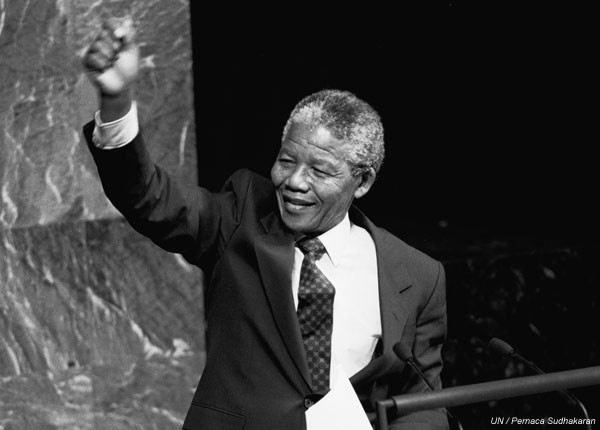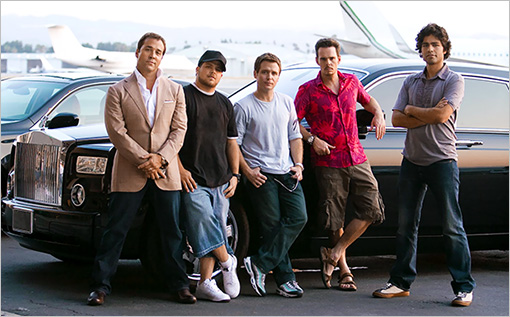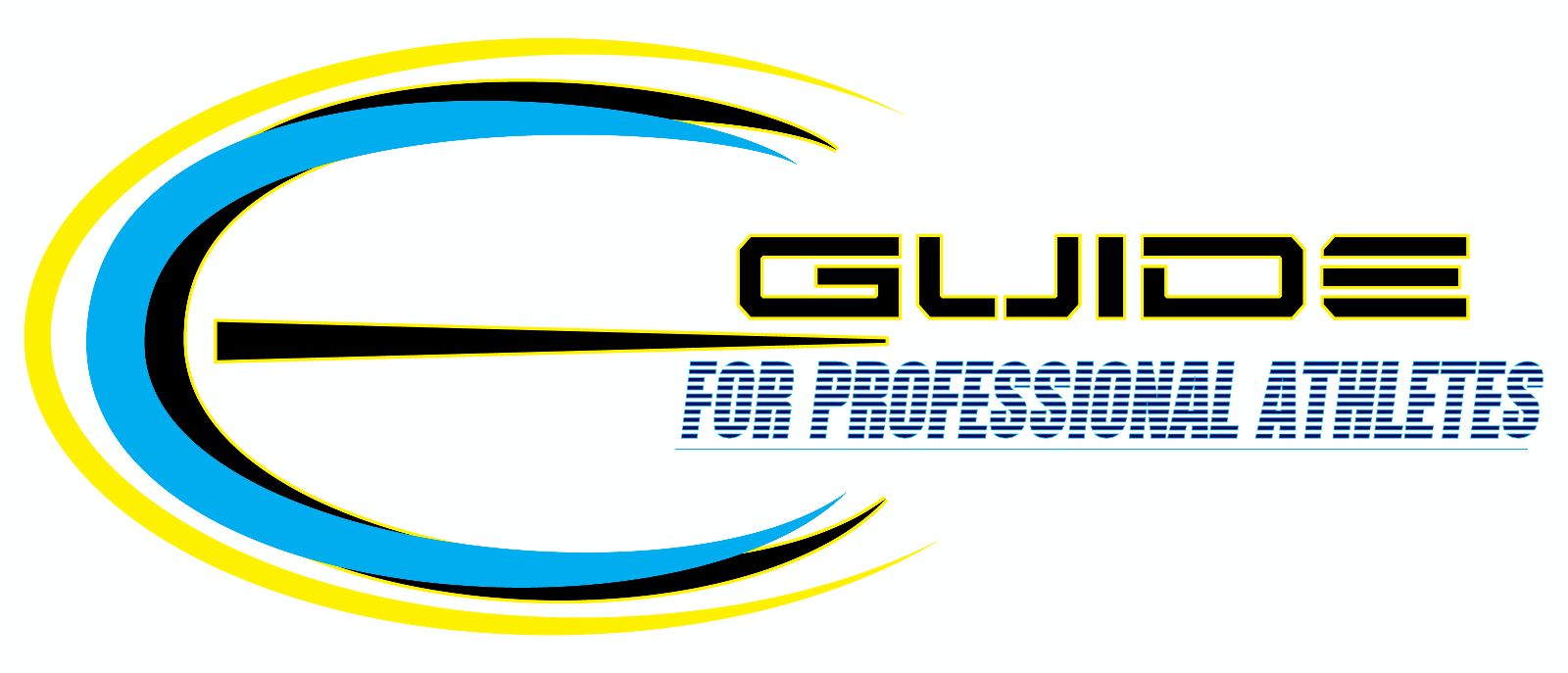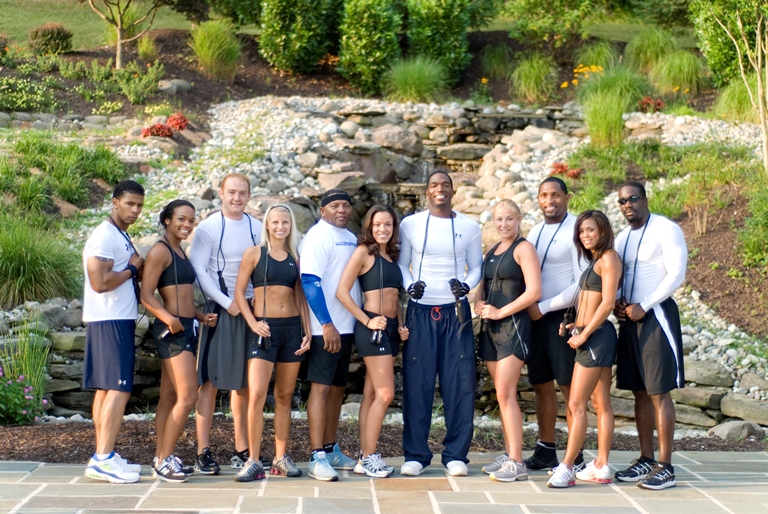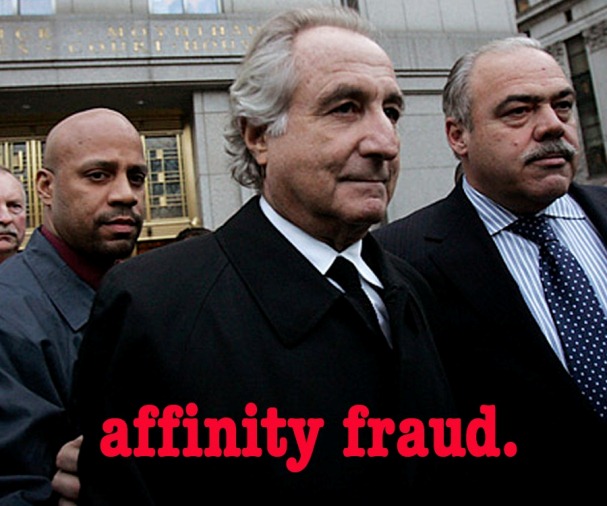
According to the U.S. Securities and Exchange Commission (SEC), affinity fraud is defined as the following:
"Affinity fraud refers to investment scams that prey upon members of identifiable groups, such as religious or ethnic communities, the elderly, or professional groups. The fraudsters who promote affinity scams frequently are - or pretend to be - members of the group. They often enlist respected community or religious leaders from within the group to spread the word about the scheme, by convincing those people that a fraudulent investment is legitimate and worthwhile. Many times, those leaders become unwitting victims of the fraudster's ruse.
These scams exploit the trust and friendship that exist in groups of people who have something in common. Because of the tight-knit structure of many groups, it can be difficult for regulators or law enforcement officials to detect an affinity scam. Victims often fail to notify authorities or pursue their legal remedies, and instead try to work things out within the group. This is particularly true where the fraudsters have used respected community or religious leaders to convince others to join the investment.
Many affinity scams involve “Ponzi” or pyramid schemes, where new investor money is used to make payments to earlier investors to give the false illusion that the investment is successful. This ploy is used to trick new investors to invest in the scheme and to lull existing investors into believing their investments are safe and secure. In reality, the fraudster almost always steals investor money for personal use. Both types of schemes depend on an unending supply of new investors - when the inevitable occurs, and the supply of investors dries up, the whole scheme collapses and investors discover that most or all of their money is gone. Man, just reading that definition infuriates me! Unfortunately, affinity fraud continues to be a problem within close-knit communities across the United States. I continue to hear stories time and time again and I’m amazed that these scams continue to happen. I understand why: human nature is to trust, and that trust and good nature fall victim far too often to scammers that have extremely thin moral fibers."
That being said, Access Athletes and I are determined to help bring this scourge in the professional athlete community to a halt in any way that we can—starting with this month’s edition of “Something To Think About.”
Please keep in mind that while these monthly articles are geared towards professional athletes, affinity fraud can target any group of people who take pride in their shared characteristics, whether they are religious, ethnic, or professional.
Let’s take a look at a some affinity fraud cases that have hit professional athletes and the general population, and then we’ll provide some common sense solutions from the SEC on how to avoid Affinity fraud.
Examples of Athletes Ensnared in Affinity Fraud Schemes
Miami Dolphins defensive end Jared Odrick files lawsuit over alleged investment scam
Yahoo! Sports reported that multiple federal agencies including the FBI, the U.S. Securities and Exchange Commission, and the Department of Justice have been probing Success Trade and prominent financial adviser Jinesh “Hodge” Brahmbhatt of Jade management. The Financial Industry Regulatory Authority (FINRA) has red-flagged Success Trade for selling $18 million in fraudulent and unregistered promissory notes to 58 investors, 30 of whom were professional athletes. Some of the athletes include Jared Odrick, Joe Haden, Clinton Portis, and Adewale Ogunleye.
Document: Terrell Owens' former financial adviser made unsuitable investment recommendations
The Financial Industry Regulatory Authority (FINRA) has barred broker Jeffrey Rubin citing “misconduct” involving 31 NFL players who sustained investment losses totaling approximately $40 million dollars, according to a March 7, 2013 FINRA release.
Yahoo! Sports has reported that Rubin, who founded Pro Sports Financial, used his relationship with prominent agent Drew Rosenhaus to help sign at least 18 one-time Rosenhaus clients to invest in a failed casino project. Among those clients were past and present NFL players Jevon Kearse, Fred Taylor, Frank Gore, Plaxico Burress, and Terrell Owens.
On May 15, 2013, the NFL Players Association issued an alert regarding Rubin’s misconduct.
Philadelphia Eagles players Joshua Feeley, Brent Celek, and Kevin Curtis as well as Philadelphia Independence soccer player Heather Mitts lose entire investment accounts
After William Crafton, Jr. became their investment advisor in 2006, the discussed “conservative investment strategy” was never carried out. The players’ goals were to preserve the wealth they had worked so hard for over their professional athletic careers. William Crafton, Jr. assured them that he employed a conservative, safe, and liquid investment strategy aimed at growth with little to no risk. The suit brought against William Crafton, Martin Kelly Capital Management, Sun Trust Bank, and CSI Capital Management allege securities violations, fraudulent misrepresentation, negligent hiring, and professional malpractice.
High-flying executive Claudio Osorio pleads guilty to fraud, money-laundering conspiracies
Claudio Osorio, the former globe-trotting executive who had headed a Fortune 500 company, faces up to 30 years in prison after pleading guilty to stealing millions of dollars from investors in his ill-fated venture to build low-cost housing in Haiti and other developing countries.
Osorio, a Venezuelan native who once held fund-raisers for Hillary Clinton, Barack Obama and other political heavyweights at his Star Island home, plead guilty to three conspiracy offenses involving wire fraud and money laundering.
Authorities said Osorio managed to use his connections to lure very prominent people into investing in his company. Among his investors: current and former NBA players Alonzo Mourning, Carlos Boozer, Dwight Howard and Howard Eisley; one of his Star Island neighbors, a Tanzanian businessman and a group of United Arab Emirate investors.
David Salinas bilks numerous college coaches out of millions of dollars of life savings
After David Salinas had promised several college coaches in his inner circle stable returns of 6%, 7%, and 8%, these coaches never checked to see how these returns were being achieved until one day when they looked up, everything was gone. All of the education and credentials that David Salinas told his clients about turned out to be one lie after another.
Nevin Shapiro defrauds investors out of $930 million
The Miami Hurricanes booster channeled millions of dollars to various football and basketball players of investors’ money. Over $5 million would end up covering Shapiro’s illegal sports gambling debts. He used more than $400,000 in investor funds for floor seats to watch the Miami Heat. About $26,000 per month of investors’ funds went to cover the mortgage payments for Shapiro’s Miami Beach residence valued at $5 million. On June 7, 2011 Shapiro was sentenced to 20 years in prison.
Ex-Triton Financial CEO Accused of Using NFL Contacts to Commit $50M Texas Securities Fraud
Triton Financial, which boasted prominent ties to the sports world—a sponsorship deal with the Heisman Trophy Trust; a three year contract for a PGA Champions Tour Event, the Triton Financial Classic; and a roster of former Heisman winners and NFL players that were employees of the company—was sued in a civil action by the U.S. securities and Exchange Commission for defrauding investors in a multi-million dollar insurance scam. The SEC complaint alleges that Triton and Barton had raised more than $50 million for at least 40 limited partnerships since 2004, and that the firm's insurance vehicle at the center of the complaint, Triton Insurance, had raised roughly $8.4 million from 90 people. Their claims of 32% annual returns were just the tip of a long standing lie this firm perpetrated against trusting investors.
Affinity Fraud Cases Outside of Sports
"Church Funding Project" costs faithful investors over $3 Million
This nationwide scheme primarily targeted African-American churches and raised at least $3 million from over 1000 investing churches located throughout the United States. Believing they would receive large sums of money from the investments, many of the church victims committed to building projects, acquired new debt, spent building funds, and contracted with builders.
Baptist investors lose over $3.5 Million
The victims of this fraud were mainly African-American Baptists, many of whom were elderly and disabled, as well as a number of Baptist churches and religious organizations located in a number of states. The promoter (Randolph, who was a minister himself and who is currently in jail) promised returns ranging between 7 and 30%, but in reality was operating a Ponzi scheme. In addition to a jail sentence, Randolph was ordered to pay $1 million in the SEC's civil action.
More than 1,000 Latin-American investors lose over $400 Million
The victims sought low risk investments. Instead, the two promoters (who received prison terms of seven and 12 years respectively) misappropriated their funds and lied about how much money was in their accounts.

